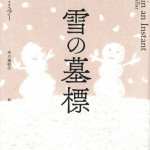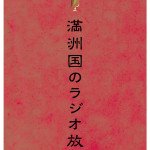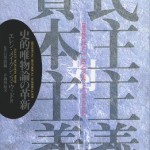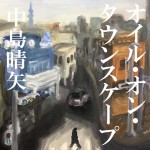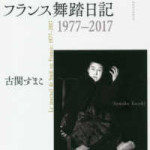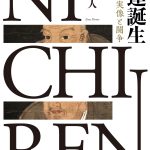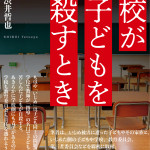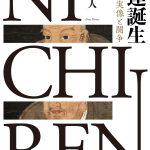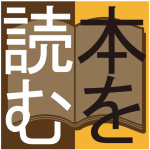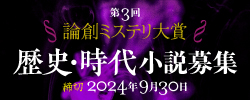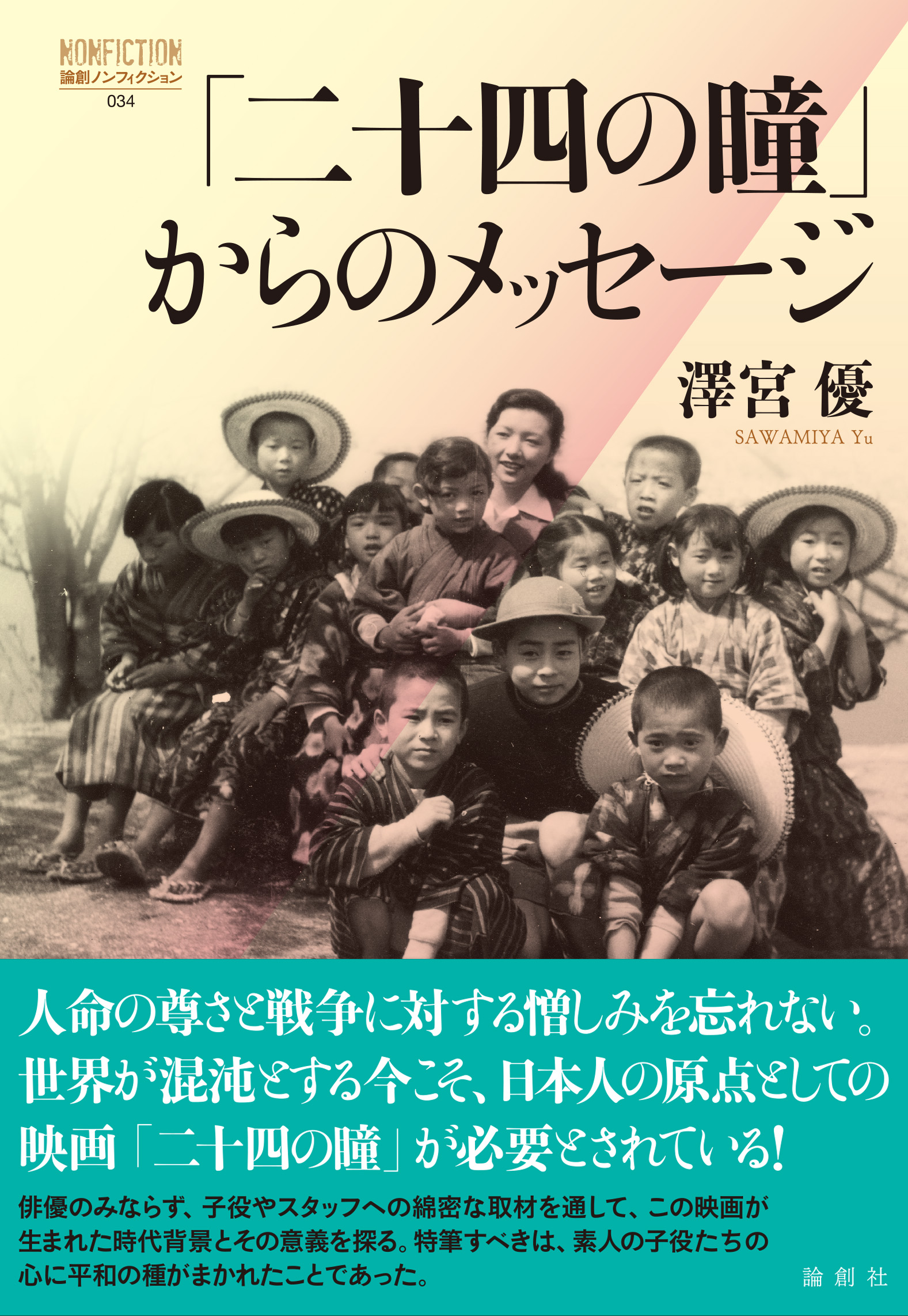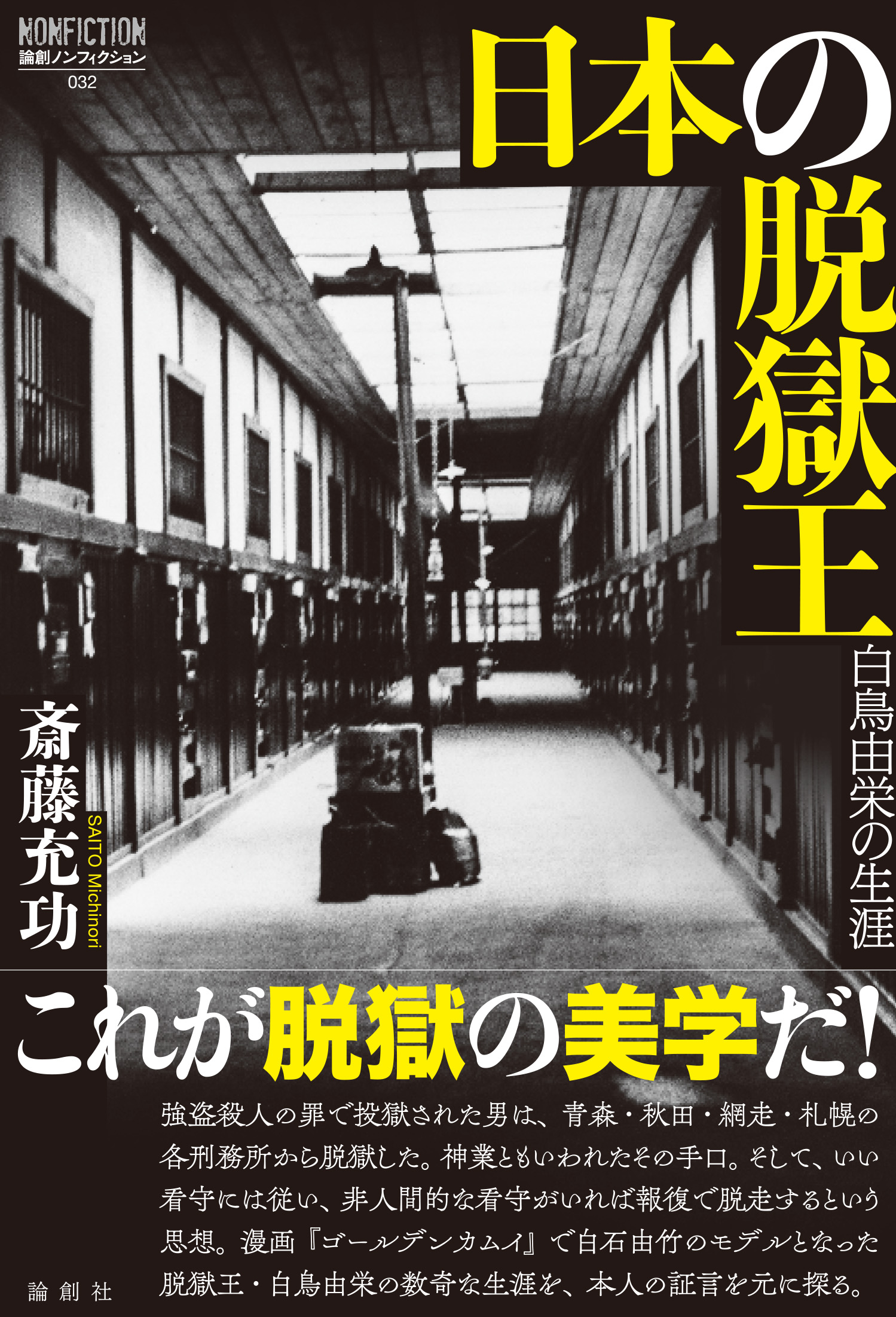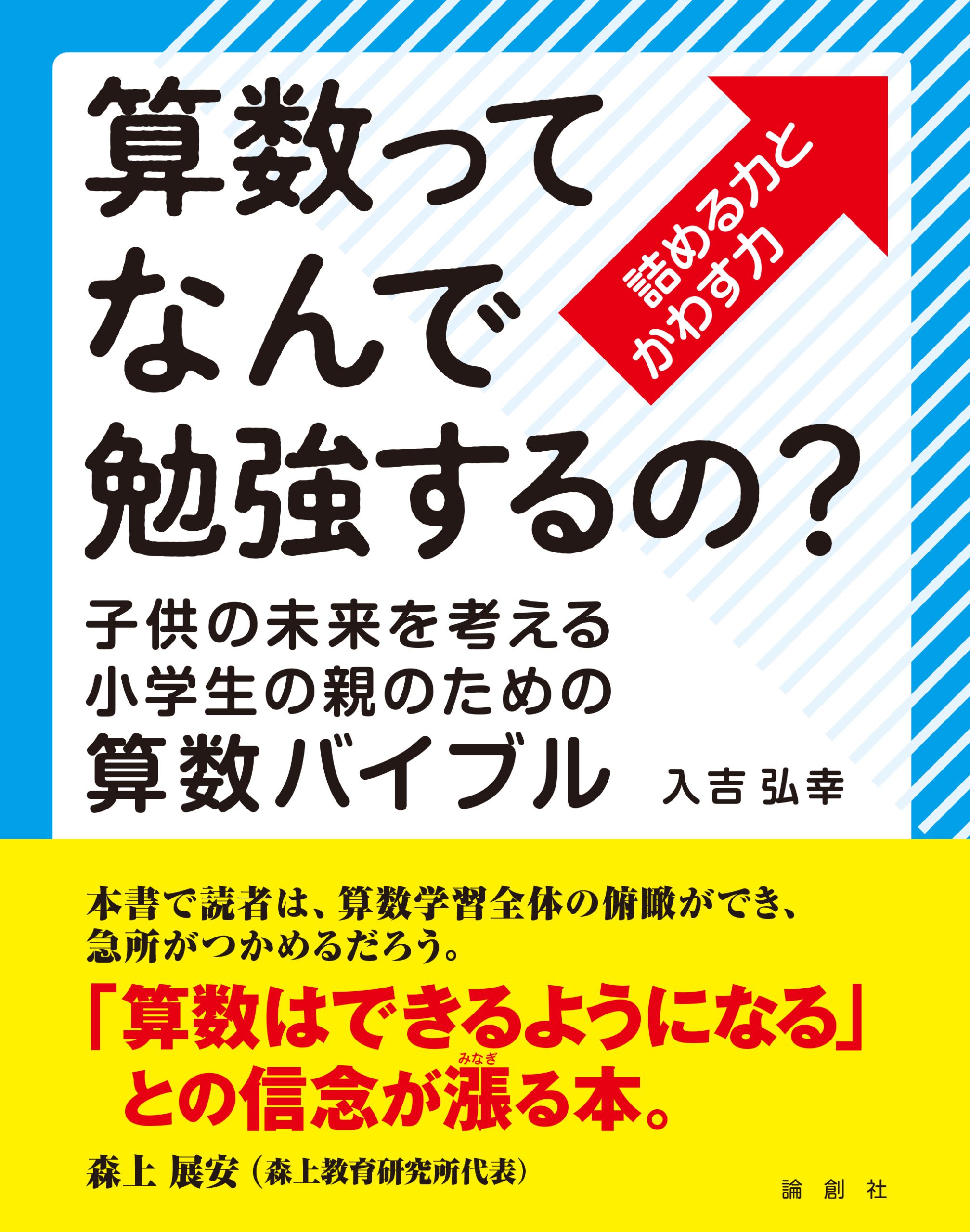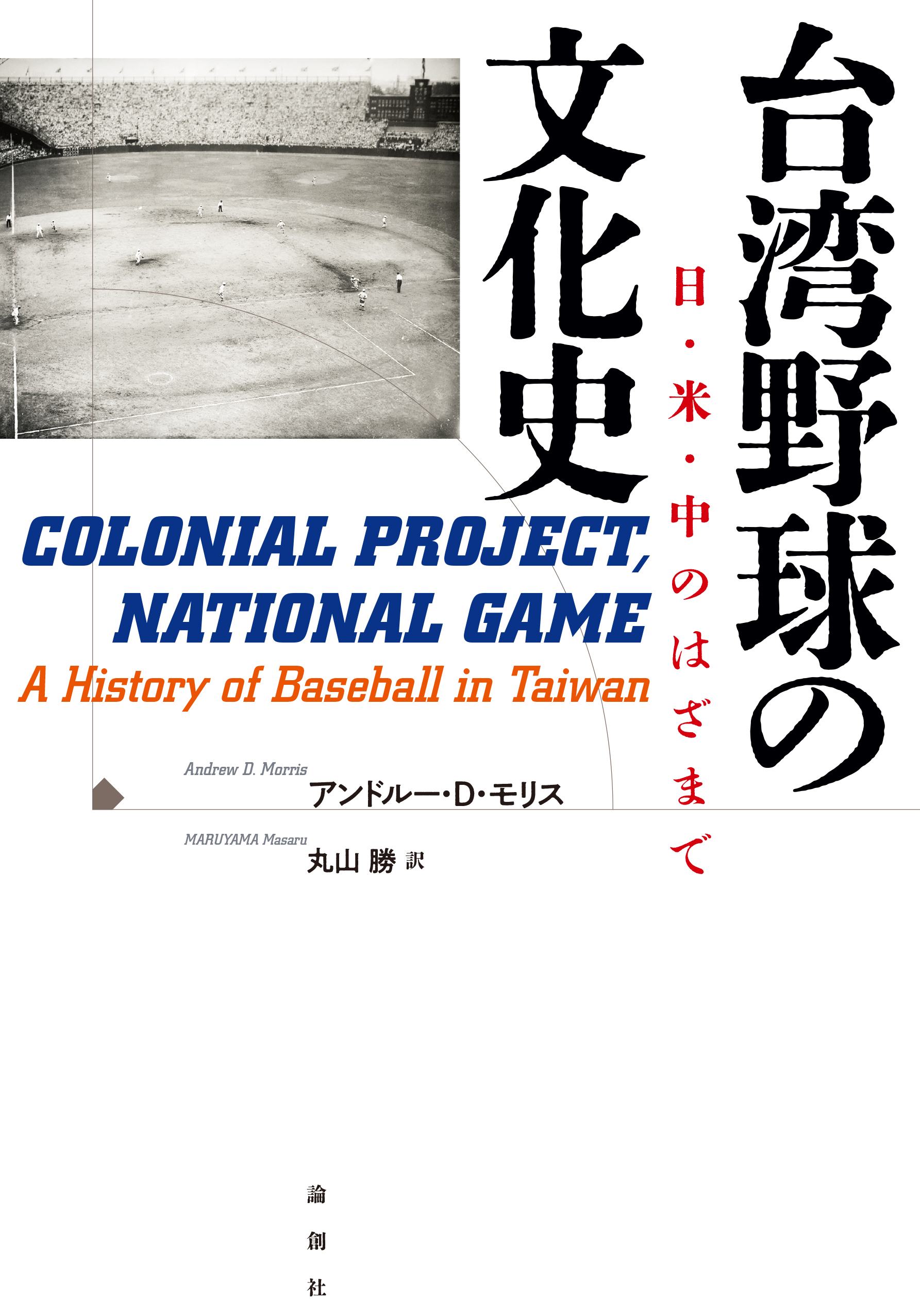- 2019-6-1
- お知らせ, 論創通信, The Nichiren Buddhism【ミステリーな日蓮 英訳版】
12.The Mandara in which the object of devotion was Nichiren
Hiroto Ema
Nichiren urged his disciples to understand that the doctrine of him had changed after the transportation to Sado Island. So, how did the doctrine of Nichiren change? In this regard, a stress has been put on the change of the doctrine shown in the works by Nichiren, but the most important change is a fact that he began to draw Mandaras (Gohonzon).
The Mandaras by Nichiren are unique in that Nam Myoho Renge Kyo (南無妙法蓮華経) is written in big characters in the center, then Bodhisattvas and various Buddhas are drawn in both sides and four corners. Though each Mandara has its own style according to the size and the period when it was drawn, the position of Nam Myoho Renge Kyo is common, so it is clear that this is the object of devotion. So the question is, what is the difference between Nam Myoho Renge Kyo which is regarded as the object of devotion there and that which is chanted with mouth.
Through the two transportations to Itoh and Sado, Nichiren became conscious that he was “the true executor and votary of the Lotus Sutra” who had practiced it to the letter and a new Buddha in an era when the doctrine of Shakyamuni has been lost. It simply means the consciousness that he accorded with the Lotus Sutra, wed to Myoho Renge Kyo, and became the only person who could be called Nam Myoho Renge Kyo. Thus, the Mandara drawn by Nichiren regards “the true executor of the Lotus Sutra”, in other words, “Nam Myoho Renge Kyo” as the idol. And it simply referred to Nichiren himself.
When Nichren first drew Mandaras, he didn’t subscribe his name in the center, perhaps because he was seeking a suitable chance, but afterwards he began to write “Nichiren” right under Nam Myoho Renge Kyo to claim openly that he himself was Nam Myoho Renge Kyo. The seven characters of Nam Myoho Renge Kyo (南無妙法蓮華経) had been chanted as dedication to the Lotus Sutra before the transportation to Sado, but later, it got to mean the true executor of the Lotus Sutra practicing.
Masaharu Anesaki (1873-1949), the pioneer of the Japanese theology, said that if there is one word which represents the character and religion of Nichiren, it is “the executor of the Lotus Sutra”. I agree with this opinion. And the idol as object of devotion “Nam Myoho Renge Kyo” written in the center of the Mandaras by Nichiren is nothing less than the representation of the character and religion of Nichiren, the executor of the Lotus Sutra.
June 1st 2019
Please let us know your feedback via e-mail.
(Next section will be released on July 1st)
Back Number →The Nichiren Buddhism
12.日蓮を本尊にした曼荼羅
江間浩人
日蓮は、佐渡流罪の以前と以後とで、自分の教えが変わっていることを理解するよう、門下に通達します。では、日蓮の教えは、どう変化したのでしょう。この点については、これまではどちらかというと日蓮の書き残した文献から見る、教説の変化に重点が置かれてきましたが、実は、一番、大きな変化は、日蓮が曼荼羅を書きはじめたことにあります。
日蓮の曼荼羅は、中央に南無妙法蓮華経を大書し、その左右と四隅に仏菩薩、諸神を書き連ねた独特のものです。この曼荼羅は、書かれた時期、大きさによって、さまざまな変化がありますが、中央の南無妙法蓮華経だけは不動であり、これが本尊であることは一目瞭然です。問題は、ここで本尊とされた南無妙法蓮華経と、唱題される南無妙法蓮華経の違いは何か、ということです。
日蓮は、伊東・佐渡による2度の流罪で、法華経を経文の通り実践した史上唯一の真実の法華経の行者であり、釈尊を超えた末法の根本師である、との覚悟を得ます。これは、端的に日蓮こそが法華経に帰命した者、妙法蓮華経に南無した者、南無妙法蓮華経と呼称できる存在であるとの覚悟を意味しています。つまり日蓮は、「真実の法華経の行者」=「南無妙法蓮華経」を本尊とした曼荼羅を表したのです。そして、それは紛れもなく日蓮自身のことを指していました。
曼荼羅を書きはじめた当初は、時機をはかったのか、中央には書かなかった自身の署名でしたが、やがて南無妙法蓮華経の真下に日蓮と書き入れ、日蓮こそ南無妙法蓮華経そのものである、と公然と示すようになります。南無妙法蓮華経の七文字は、佐渡以前には、法華経に対する帰命の誓願として唱えられていましたが、佐渡以降は、法華経身読の真実の行者を表すことにもなったのです。
日本宗教学の創始者である姉崎正治(1873-1949)は、日蓮の人格と宗教とを一語に総括代表する語があれば、それは「法華経の行者」に尽きると述べています。まったくその通りだと思います。そして、日蓮の曼荼羅の中央に大書きされた本尊の「南無妙法蓮華経」こそ、まさに法華経の行者である日蓮の人格と宗教を一語で総括代表したものだったのです。
—ご感想はお問い合わせメールまで(次回は7/1予定)—



